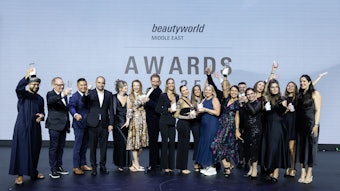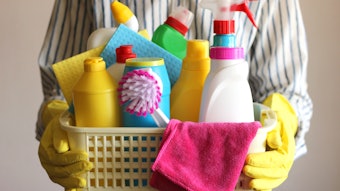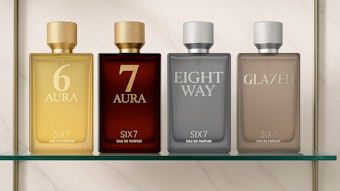A new report commissioned by the Campaign for Safe Cosmetics and co-created with Commonweal, Environmental Working Group, Breast Cancer Fund, Women’s Voices for the Earth and Anne Steinemann (University of Washington), has been released. “Not So Sexy—The Health Risks of Secret Chemicals in Fragrance” suggests links between certain fragrance materials and adverse health effects.
The Fragrance Materials Association has crafted a response in concert with the Research Institute for Fragrance Materials and International Fragrance Association.
The full statement:
Fragrance Safety is No Secret
The Campaign for Safe Cosmetics has published a report (May 12, 2010) titled “Not So Sexy — The Health Risks of Secret Chemicals in Fragrance”. Unfortunately, this document is self-published, rather than being submitted for publication in a peer reviewed scientific journal in which the merit of the statements being made could be judged. The latter is the accepted practice within the scientific community, and insures that innuendo and unsupported claims cannot be passed off as scientific fact.
This report acknowledges, but without specific citation, that the fragrance industry has published a listing of more than 3,000 fragrance ingredients that are currently being used in all forms of consumer products – not just perfumes, colognes and body sprays. The Research Institute for Fragrance Materials (RIFM) is responsible for all aspects of the safety of these materials. Based on RIFM’s scientific findings, the stewardship of these fragrance materials is administered by the International Fragrance Association (IFRA), which maintains a strict Code of Practice for fragrance manufacturers. These groups have been in existence for more than 40 years, and maintain a database of many thousands of individual safety tests that have been conducted in support of the continued safe use of these 3,000+ ingredients.
So, in fact, there is nothing ‘secret’ about the ingredients being used in fragrances. Any consumer, or special interest group such as The Campaign for Safe Cosmetics, can access this list at www.ifraorg.org.
The fragrance industry has repeatedly offered to engage interest groups in a dialogue about the industry’s safety program. In fact, industry representatives have even sat cordially across the table with several of the groups which contributed to this report. We are, therefore, shocked to see the continuation of inaccuracies perpetuated in this document concerning our safety program and its effectiveness.
Scare mongering through the use of ‘suggested’ or ‘potential’ associations between fragrance materials and various toxicities is deplorable, particularly when present in a document that purports to be scientific. Facts are not ‘secret’, and good science is very objective; an objective review of the facts confirms that an industry safety program that has been in place for more than four decades provides assurance of safe use of the fragrances contained in consumer products.










